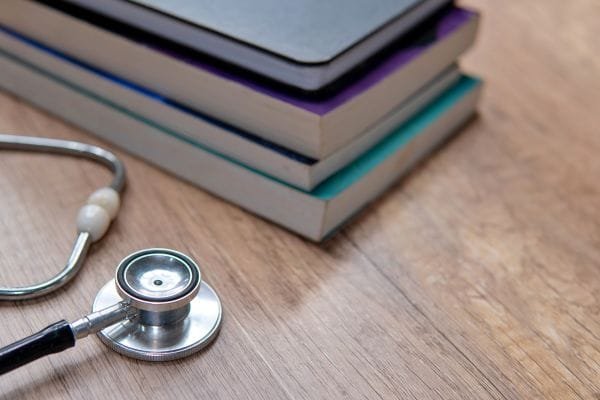Medical education in India is undergoing a quiet revolution—and it’s happening online.
With e-textbooks, digital libraries, and smart learning platforms, future doctors now have access to world-class resources without the burden of high costs.
The Deputy Director General (Medical Education) and former Secretary of the National Medical Commission recently highlighted this transformation—one that’s reshaping how students and clinicians learn, teach, and practice medicine.
📚 A Digital Leap in Medical Education
India has launched a massive effort to digitize medical learning:
- 1,500 e-books have been made available across 65 medical colleges, benefiting nearly 10,000–20,000 students and doctors.
- Through initiatives like NML-ERMED (Electronic Resources in Medicine) and ONOS (One Nation One Subscription), students now have free or subsidized access to leading medical databases, journals, and textbooks.
This means a student who once needed ₹30 lakh worth of books can now access them for just ₹7 lakh—or even less, through institutional subscriptions.
💡 Why This Matters
- Democratizing Education
Access to updated e-books and journals ensures that students from both government and private colleges can learn from the same credible resources. - Cost Savings
Bulk digital procurement has dramatically reduced costs for institutions and learners, leveling the playing field. - Continuous Learning for Clinicians
Practicing doctors can access point-of-care updates, treatment protocols, and global research — anytime, anywhere. - Faculty Empowerment
Medical education hubs are being developed to train faculty in using digital platforms effectively — ensuring that technology enhances, not replaces, teaching.
🏥 From Policy to Practice
India’s digital medical learning initiative isn’t just about e-books—it’s about building an ecosystem:
- Integration with healthcare policy: Data from these platforms can guide government planning and predictive health modeling.
- Inclusion of private and state colleges: Expansion plans are underway to ensure uniform access across the country.
- Bridging the waiting gap: Over 200 medical colleges are currently awaiting inclusion in the next phase of digital access.
This transition marks a major step toward a digitally empowered medical education system.
👩⚕️ What It Means for Doctors
For Indian doctors and academicians, the digital transformation opens new doors:
- Smarter Continuing Medical Education (CME) through online modules and clinical simulators.
- Improved patient care, with clinicians having instant access to updated evidence and guidelines.
- Global Collaboration as doctors can connect, publish, and share knowledge seamlessly through online platforms.
Doctors who adapt early will lead the way in knowledge-driven, tech-enabled medicine.
🚀 How The Doctorpreneur Academy Is Aligned
At The Doctorpreneur Academy, we believe digital literacy is the new medical literacy.
Our members are:
- Leveraging e-learning tools to stay updated with evolving medical knowledge.
- Educating patients online using trusted digital resources.
- Building digital presence as thought leaders in healthcare innovation.
By merging medical expertise with digital innovation, Doctorpreneur Academy doctors are becoming the new-age educators and healthcare influencers India needs.
🧭 Final Takeaway
The shift to digital learning is more than convenience—it’s a transformation of accessibility, affordability, and equality in medical education.
For Indian doctors and students, it means one thing: knowledge is no longer limited by cost or location.
As technology reshapes classrooms and clinics, the future doctor will be both clinician and digital learner—empowered, informed, and ready to lead.
Inside The Doctorpreneur Academy, we’re preparing doctors for that future—today.
👉 Doctor’s Action Step: Start exploring digital learning platforms, journals, and AI tools. The more you adapt, the more future-ready your practice becomes.
👉 To register for our next masterclass, please click here: https://linktr.ee/docpreneur




